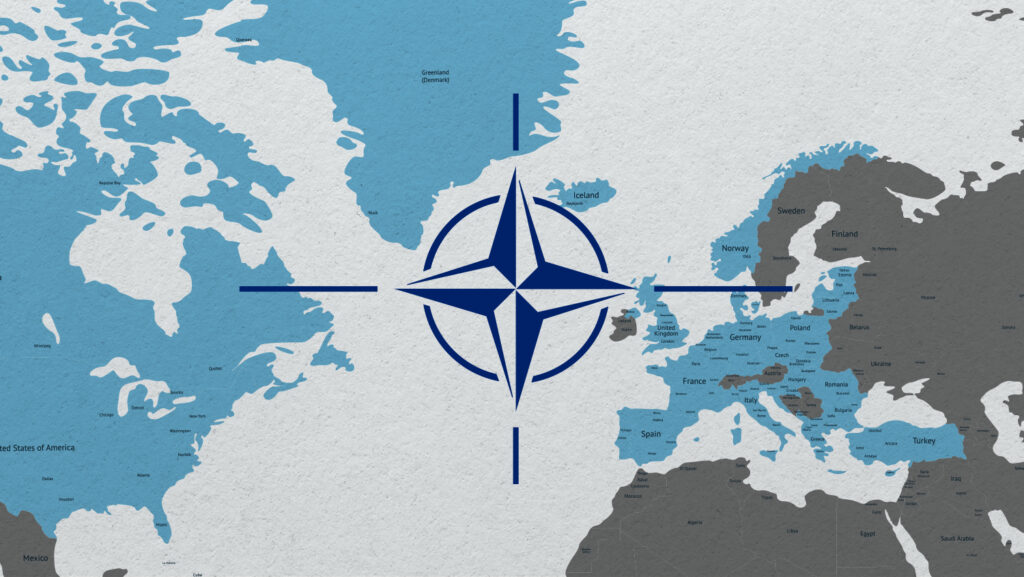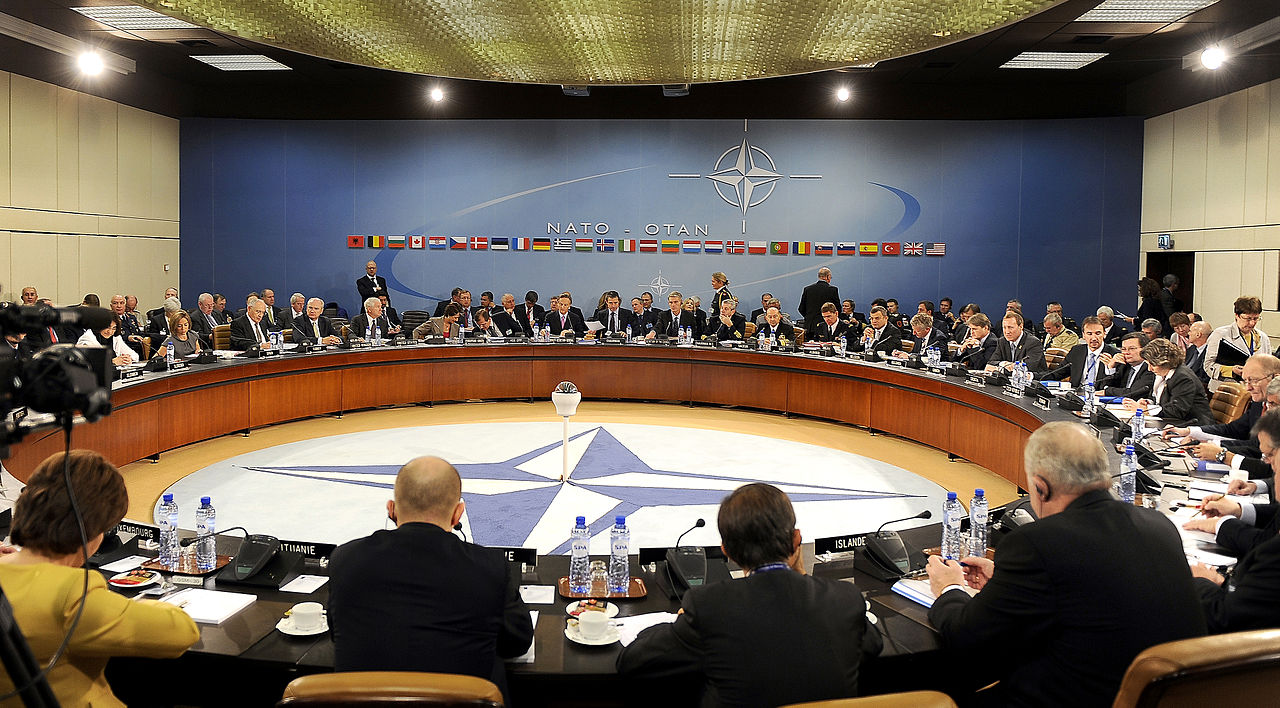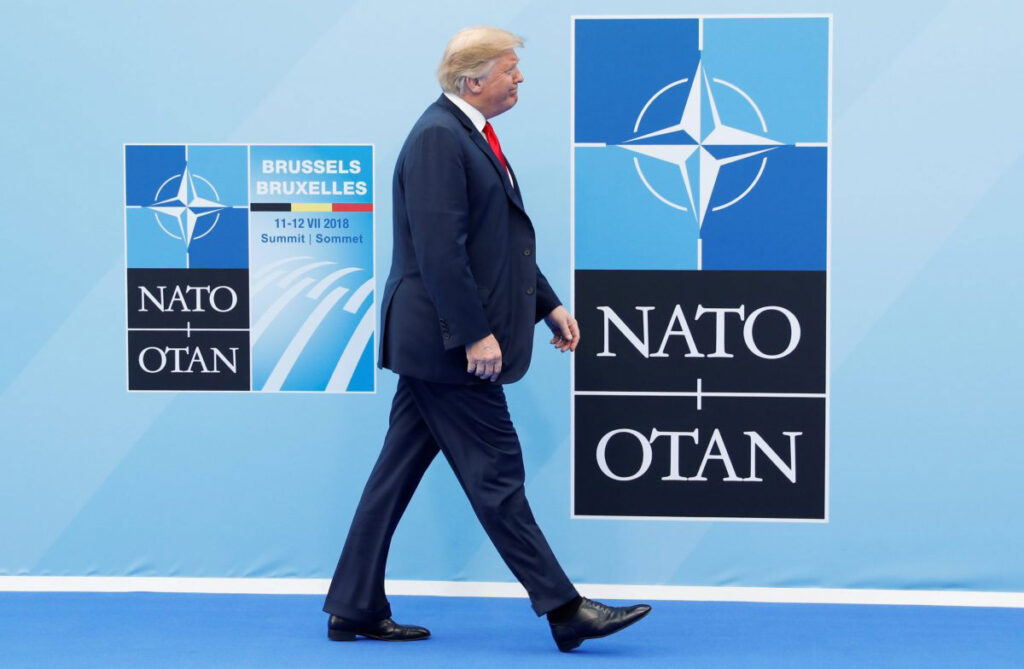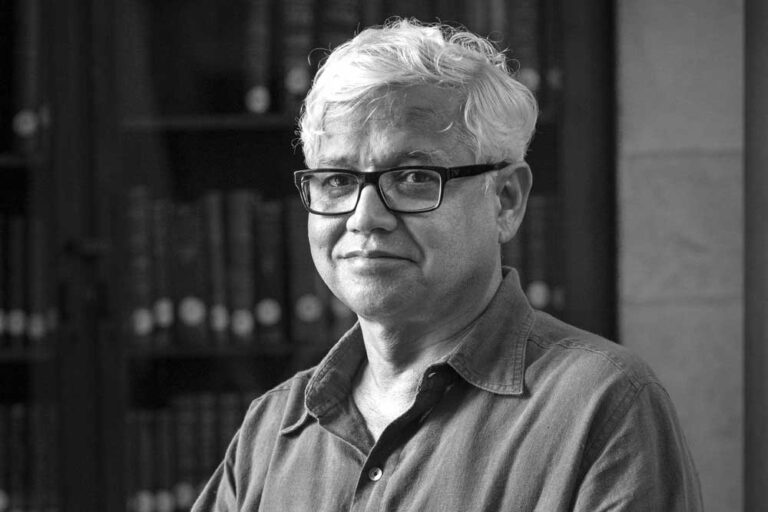

In an era marked by shifting geopolitical alignments and increasing fragmentation of global consensus, the North Atlantic Treaty Organization (NATO) stands at a crossroads. Once the bedrock of Western military coordination during the Cold War, NATO now faces pressing questions about its strategic direction, internal cohesion, and global relevance.
Built for the Cold War, Tested by the Present
Founded in 1949, NATO was conceived as a collective defense mechanism against the perceived Soviet threat. The foundational principle, enshrined in Article 5 of its charter, stipulates that an attack on one member is an attack on all. For decades, this framework ensured a delicate balance of power in a bipolar world, championed by United States and Soviet Union. However, with the collapse of the Soviet Union, NATO found itself grappling with an identity crisis. It sought relevance in peacekeeping missions, counterterrorism operations, and more recently, cyberspace defense.
Internal Fault Lines and Political Fragmentation
NATO is not immune to internal discord. Disagreements over defense spending, varying national interests, and the rise of populist governments in member states have created friction. The 2020s witnessed growing debate within the US about its global commitments, and similar trends were observed in Turkey, Hungary, and even France.
Furthermore, divergent views on China, the Indo-Pacific strategy, and climate-related security risks have exposed NATO’s difficulty in adopting a unified long-term vision. The US pivot to Asia and Europe’s desire for strategic autonomy also create overlapping, sometimes conflicting, priorities.
Emerging Threats, Expanding Scope
NATO’s definition of security is evolving. Apart from conventional military threats, the alliance now addresses cybersecurity, space-based assets, disinformation campaigns, and even climate change. This expansion, while necessary, stretches NATO’s resources and mandates. It also raises the question: can an alliance designed in the 20th century effectively respond to 21st-century threats?
Recent ransomware attacks attributed to non-state actors and adversarial nations have underscored the need for collective cyber defense protocols. NATO has responded by establishing the Cooperative Cyber Defence Centre of Excellence, but operational coordination among members still lags behind.
Has Trump “decided to quit NATO”?
No definitive decision yet, but Trump has repeatedly threatened U.S. withdrawal, keeping allies on edge:
- In 2024 and early 2025, at rallies and interviews (e.g. Meet the Press), Trump said he could “absolutely” pull the U.S. out of NATO if allies don’t “pay their fair share”
- However, in a Politico interview he softened, stating the U.S. would defend Article 5 attacks, “Yes, 100 percent”, if Europe pays up .
- Legally, U.S. withdrawal would require congressional approval and a 1-year notice

Global South and NATO
Another dimension to NATO’s current struggle is its image in the Global South. Countries in Africa, Latin America, and Asia often view NATO not as a neutral security alliance, but as a remnant of Western hegemony. This skepticism has been exacerbated by recent conflicts in Iraq, Libya, and Afghanistan, where NATO interventions have drawn criticism for their long-term outcomes.
India, for example, maintains strategic autonomy and prefers issue-based coalitions like QUAD, rather than joining military blocs. Similarly, African nations, especially those navigating new ties with China and Russia, remain wary of NATO’s intentions.
Fortress OR Fossils?
NATO’s durability over 75 years is a testament to its adaptability. Yet today, it must decide whether to remain a fortress against traditional threats or risk becoming a fossil unable to respond to a complex, multipolar world. The future of NATO lies not just in its tanks, missiles, or satellites. But it lies in its ability to bridge internal divides, engage with non-Western powers, and redefine collective security in a digitally interconnected world.
For more such informative articles stay tuned on The World Times



